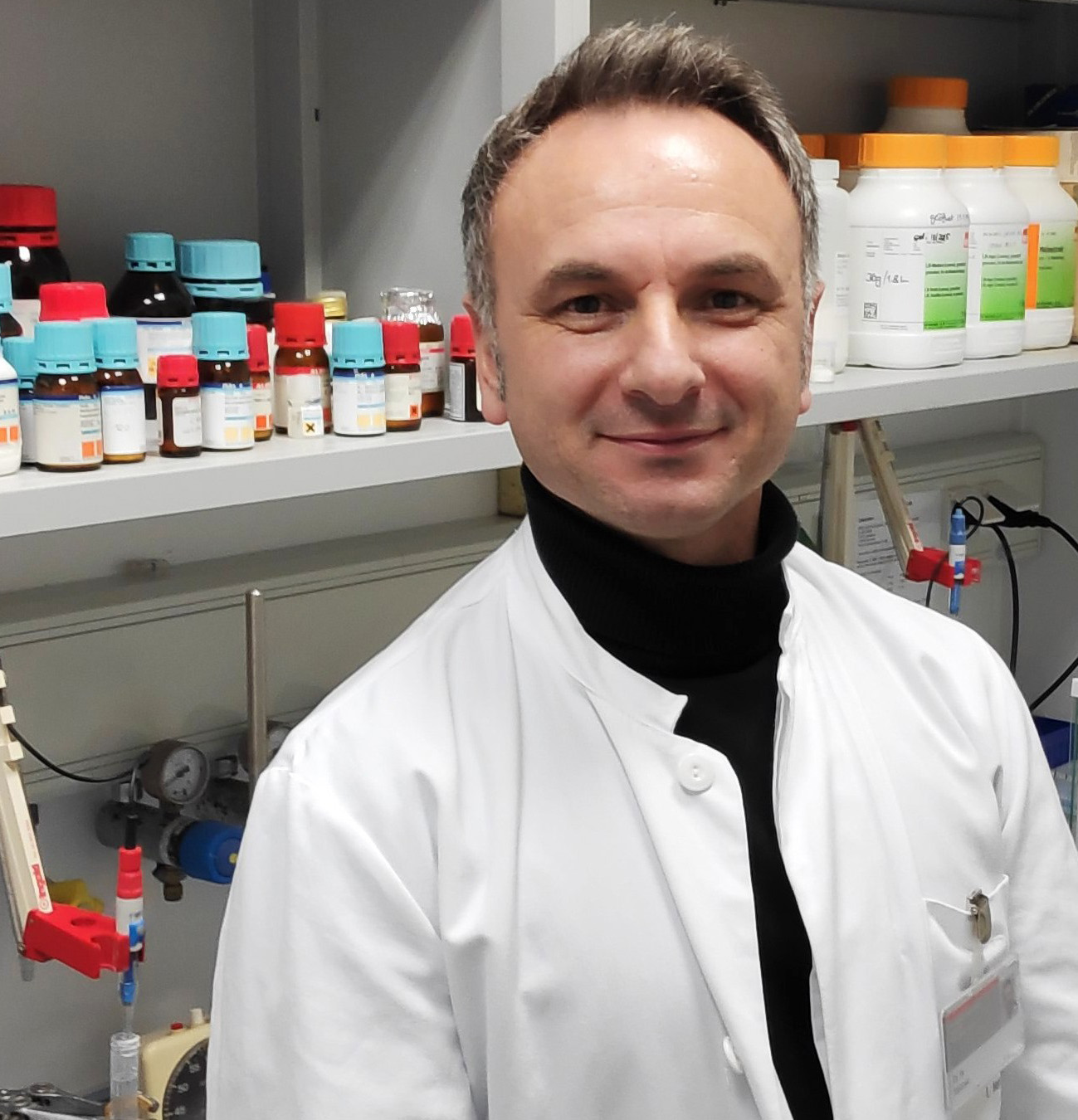Arbeitsgruppe PD Dr. Ilir Mehmeti
Oxidative Endoplasmic Reticulum Stress and Calcium Dynamics in the Pathogenesis of Type 2 diabetes

PD Dr. Ilir Mehmeti
Phone: +49(0)511-532-6329
E-Mail: Mehmeti.Ilir@mh-hannover.de
Building J03, Level 04, Room 3330
Mailing Address:
Medizinische Hochschule Hannover (MHH)
Institut für Klinische Biochemie, OE4340
Carl-Neuberg-Str. 1
30625 Hannover/Germany
Research Program
Type 2 diabetes mellitus (T2DM) is a heterogeneous and chronically progressive metabolic disease of epidemic proportions with increasing prevalence also in children and adolescents. This type of the disease is characterized by insulin resistance of the target organs and defective insulin secretion. Insulin resistance can be compensated in the phase of impaired glucose tolerance by hyperinsulinemia and β-cell hyperplasia. However, during the course of T2DM a progressive β-cell dysfunction and a decline of the functional β-cell mass occurs. Consequently, β-cells cannot cope with the increasing insulin demand and T2DM with increased blood glucose concentrations becomes overt. β-cell failure and the loss of functional β-cell mass have been associated with an excessive formation of reactive oxygen species, particularly hydrogen peroxide. This cell-damaging compound can be formed due to the metabolism of supraphysiological concentrations of glucose and free fatty acids and during the oxidative protein folding in the endoplasmic reticulum (ER). Especially in the ER, the amount of hydrogen peroxide can increase massively during hyperglycemia due to compensatorily increased insulin biosynthesis and a concomitant increased protein folding rate. Elevated hydrogen peroxide concentrations are associated with the disruption of ER redox homeostasis, which is crucial for (pro)insulin folding, the associated induction of so-called oxidative ER stress, and mitochondrial dysfunction. However, the molecular mechanisms are still largely unclear and form the current research focus of our group.
Our research project is structured into three main-areas:
- Identification of the hydrogen peroxide sources responsible for ER dysfunction and ER stress under metabolic stress conditions in pancreatic β-cells.
- The role of ER-derived hydrogen peroxide in the ER calcium dysregulation and the crosstalk between ER and mitochondria under typical type 2 diabetes conditions
- Identification and characterization of novel proteins with redox active cysteines involved in mediating the effects of ER-derived hydrogen peroxide in the context of type 2 diabetes.